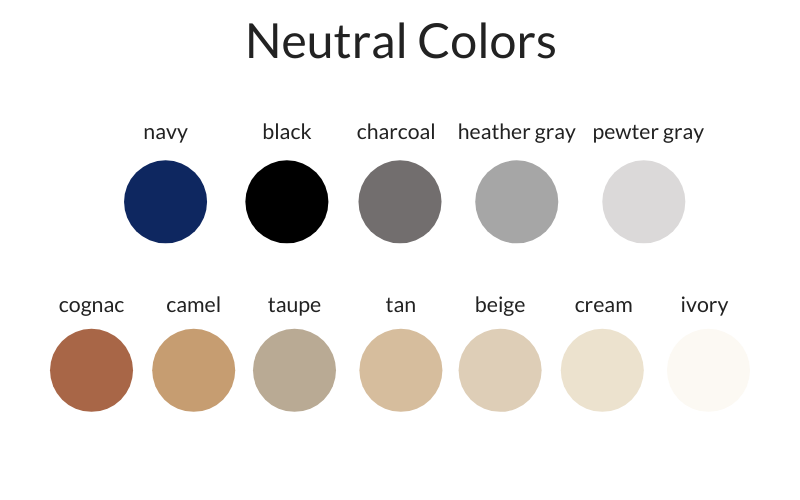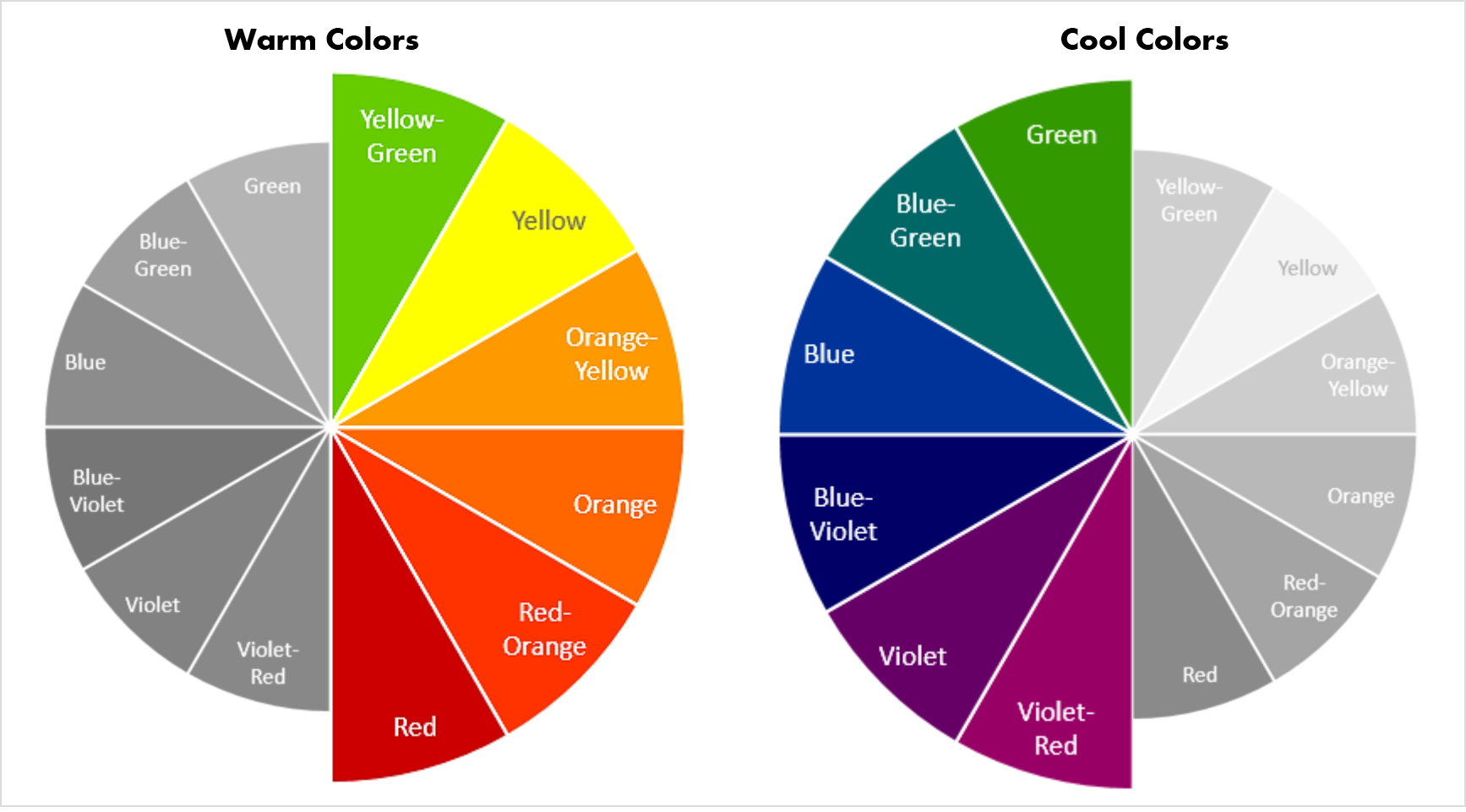1. Neutral Colors
Neutral colors are perfect for creating a calm and inviting atmosphere in your living room. Shades like beige, ivory, and taupe are versatile and can be paired with almost any other color. They also reflect natural light, making the space feel brighter and more spacious. Use neutral colors as a base for your living room and add pops of color through accessories or furniture.
2. Warm Colors
Adding warm colors like red, orange, and yellow can instantly make your living room feel cozy and inviting. These colors are known to stimulate energy and create a welcoming atmosphere. For a more subtle approach, opt for warm shades like terracotta or mustard. Consider using warm colors in your living room through accent pillows, rugs, or wall art.
3. Cool Colors
Cool colors like blue, green, and purple are known for their calming and soothing effect. They can make a living room feel more serene and peaceful. These colors work particularly well in rooms with a lot of natural light as they can help to balance out the brightness. Consider using cool colors on your walls or in your furniture choices for a refreshing and tranquil living room.
4. Earth Tones
Earth tones, such as browns, greens, and warm grays, can bring a natural and grounded feel to your living room. These colors are reminiscent of elements found in nature, making them perfect for creating a cozy and inviting space. Consider using earth tones in your living room through furniture, accent pieces, or even a feature wall made of natural materials like stone or wood.
5. Light Colors
Light colors, such as pastel shades, can help to make a small living room feel more spacious. These colors reflect light and create an airy and open atmosphere. They are also great for creating a soft and feminine feel in a room. Consider using light colors on your walls or in your furniture choices to make your living room feel brighter and more inviting.
6. Dark Colors
Dark colors, such as navy blue, deep green, or charcoal gray, can add a touch of sophistication and elegance to your living room. These colors create a sense of depth and can make a large living room feel more cozy and intimate. Use dark colors on your walls or in your furniture choices to add a bold and dramatic statement to your living room.
7. Complementary Colors
Complementary colors are opposite each other on the color wheel, such as blue and orange or red and green. Using complementary colors in your living room can create a vibrant and energetic feel. These colors work well together because they balance each other out, creating a harmonious and visually appealing space. Consider using complementary colors in your living room through accent pieces or furniture.
8. Monochromatic Colors
Monochromatic colors, or shades of the same color, can create a sophisticated and cohesive look in your living room. This color scheme is perfect for those who prefer a more subtle and understated style. To add interest to a monochromatic living room, use varying shades of the same color and mix textures and patterns. This will prevent the room from feeling too flat or one-dimensional.
9. Accent Colors
Accent colors are a great way to add a pop of color to your living room without committing to a full color scheme. These colors are typically bolder and brighter than the main colors used in a room and are used sparingly to create visual interest. Consider using accent colors in your living room through throw pillows, artwork, or a statement piece of furniture.
10. Color Schemes
Ultimately, the best way to choose a color for your living room is to decide on a color scheme. A color scheme is a combination of two or more colors that work well together and create a cohesive look. Some popular color schemes for living rooms include monochromatic, complementary, and analogous (colors next to each other on the color wheel). Consider using a color scheme as a starting point for choosing the perfect color for your living room.
Nice Colors For A Living Room: Creating a Welcoming and Stylish Space

Introduction
 When it comes to designing a living room, one of the most important elements to consider is the color scheme. The right colors can transform a dull and lifeless room into a welcoming and stylish space.
Nice colors for a living room
not only add beauty and character to the room, but they also have the power to evoke emotions and set the tone for the entire house. In this article, we will explore some
professional and well-organized
tips for choosing the perfect colors for your living room.
When it comes to designing a living room, one of the most important elements to consider is the color scheme. The right colors can transform a dull and lifeless room into a welcoming and stylish space.
Nice colors for a living room
not only add beauty and character to the room, but they also have the power to evoke emotions and set the tone for the entire house. In this article, we will explore some
professional and well-organized
tips for choosing the perfect colors for your living room.
The Power of Color Psychology
 Before diving into specific color options, it is important to understand the
main keyword
of this article -
colors
. Colors have the power to influence our mood and behavior, making them an essential aspect of interior design.
Warm colors
such as red, orange, and yellow can create a cozy and inviting atmosphere, while
cool colors
like blue, green, and purple can promote a sense of calm and relaxation.
Neutral colors
like white, beige, and gray offer a timeless and versatile backdrop for any living room design. By understanding the
psychology of color
, you can choose the right colors to achieve the desired atmosphere in your living room.
Before diving into specific color options, it is important to understand the
main keyword
of this article -
colors
. Colors have the power to influence our mood and behavior, making them an essential aspect of interior design.
Warm colors
such as red, orange, and yellow can create a cozy and inviting atmosphere, while
cool colors
like blue, green, and purple can promote a sense of calm and relaxation.
Neutral colors
like white, beige, and gray offer a timeless and versatile backdrop for any living room design. By understanding the
psychology of color
, you can choose the right colors to achieve the desired atmosphere in your living room.
Choosing the Perfect Color Scheme
 When it comes to selecting a color scheme for your living room, it is important to consider the
featured keyword
of this article -
nice colors
. While there are no set rules for choosing colors, it is recommended to stick to a
maximum of three colors
to avoid overwhelming the space. One way to achieve a harmonious color scheme is by using a
color wheel
. Colors that are opposite each other on the wheel, also known as
complementary colors
, create a striking and balanced contrast. Alternatively, you can choose
analogous colors
, which are next to each other on the wheel and offer a more subtle and cohesive look. Whichever color scheme you choose, make sure it complements the
main color
of your living room, such as the furniture or the flooring.
When it comes to selecting a color scheme for your living room, it is important to consider the
featured keyword
of this article -
nice colors
. While there are no set rules for choosing colors, it is recommended to stick to a
maximum of three colors
to avoid overwhelming the space. One way to achieve a harmonious color scheme is by using a
color wheel
. Colors that are opposite each other on the wheel, also known as
complementary colors
, create a striking and balanced contrast. Alternatively, you can choose
analogous colors
, which are next to each other on the wheel and offer a more subtle and cohesive look. Whichever color scheme you choose, make sure it complements the
main color
of your living room, such as the furniture or the flooring.
Adding Accents with Colors
 Once you have chosen the main colors for your living room, it is time to add some
accent colors
. These are secondary colors that can add depth and interest to the room.
Featured keywords
such as
bold
,
bright
, and
vibrant
can be used to describe accent colors. These can be incorporated through
throw pillows
,
artwork
,
curtains
, or
rugs
. The key is to choose colors that complement the main color scheme and add a pop of personality to the room.
Once you have chosen the main colors for your living room, it is time to add some
accent colors
. These are secondary colors that can add depth and interest to the room.
Featured keywords
such as
bold
,
bright
, and
vibrant
can be used to describe accent colors. These can be incorporated through
throw pillows
,
artwork
,
curtains
, or
rugs
. The key is to choose colors that complement the main color scheme and add a pop of personality to the room.
Incorporating Trends
 Lastly, it is important to stay updated with current
house design
trends when choosing colors for your living room. While classic and neutral colors never go out of style, incorporating
trendy colors
can add a modern and fresh touch to your space. For instance,
featured keywords
like
millennial pink
and
navy blue
have been popular choices in recent years. Don't be afraid to experiment with
new and interesting colors
to give your living room a unique and stylish look.
Lastly, it is important to stay updated with current
house design
trends when choosing colors for your living room. While classic and neutral colors never go out of style, incorporating
trendy colors
can add a modern and fresh touch to your space. For instance,
featured keywords
like
millennial pink
and
navy blue
have been popular choices in recent years. Don't be afraid to experiment with
new and interesting colors
to give your living room a unique and stylish look.
Conclusion
 In conclusion, choosing
nice colors for a living room
requires careful consideration of color psychology, color schemes, accents, and trends. By following these
SEO-optimized
guidelines, you can create a
welcoming and stylish
living
In conclusion, choosing
nice colors for a living room
requires careful consideration of color psychology, color schemes, accents, and trends. By following these
SEO-optimized
guidelines, you can create a
welcoming and stylish
living



:max_bytes(150000):strip_icc()/what-is-a-neutral-color-1973822-03-3fab8b5a361d49638d3de1cbaf579a22.jpg)
/Lee-Edwards-Getty-Images-56a5ae653df78cf7728968ec.jpg)



/clark_Kensington_neutrals-57db7f2e5f9b5865164b7baa.png)


























































:max_bytes(150000):strip_icc()/Lista_complementarios-56a6e6cb3df78cf77290d98b.png)





























/accent-wall-58a6a5e75f9b58a3c9c80d2e.jpg)
:max_bytes(150000):strip_icc()/TraditionalDining-Purple-OA-56a192075f9b58b7d0c0bc59.jpg)



















